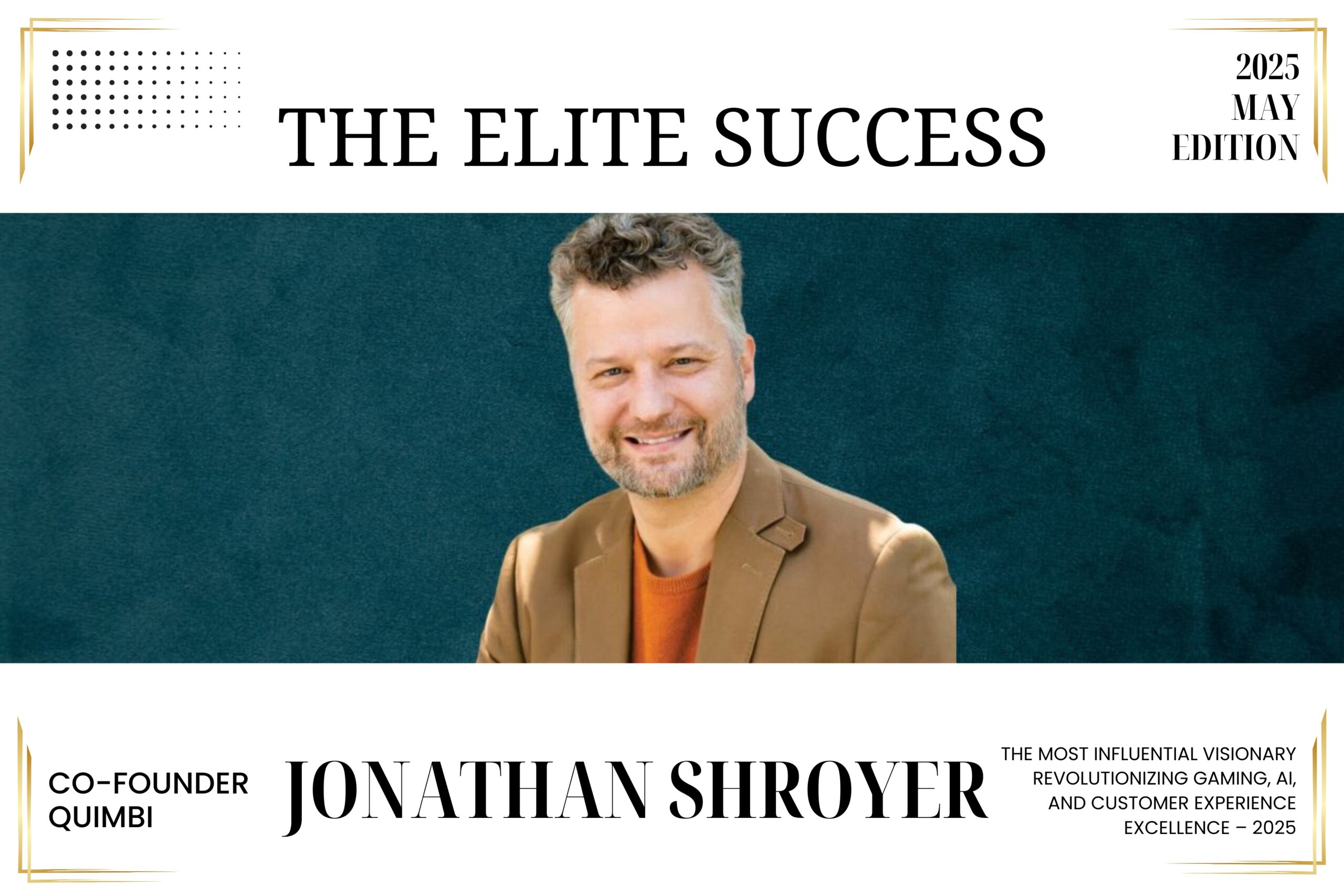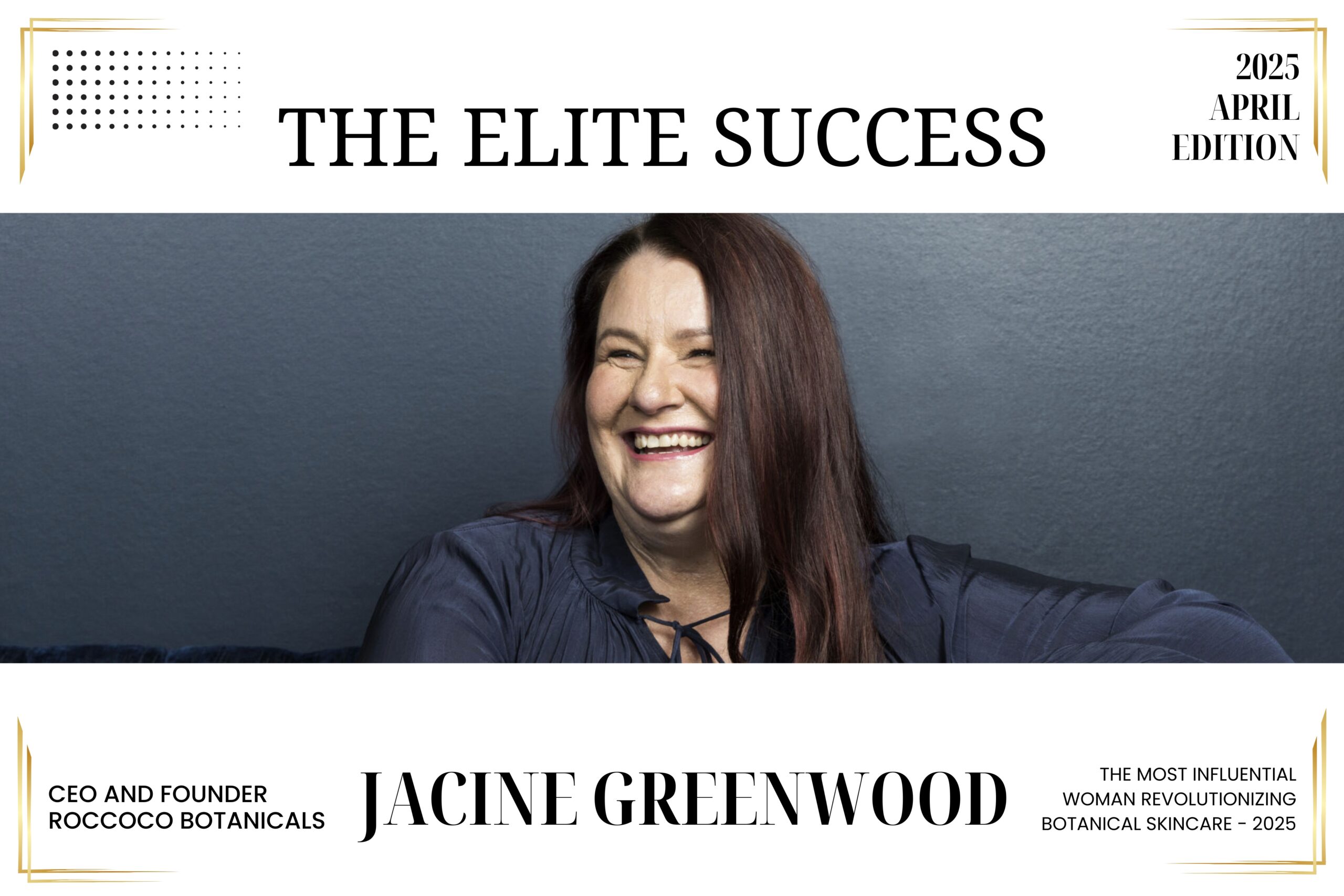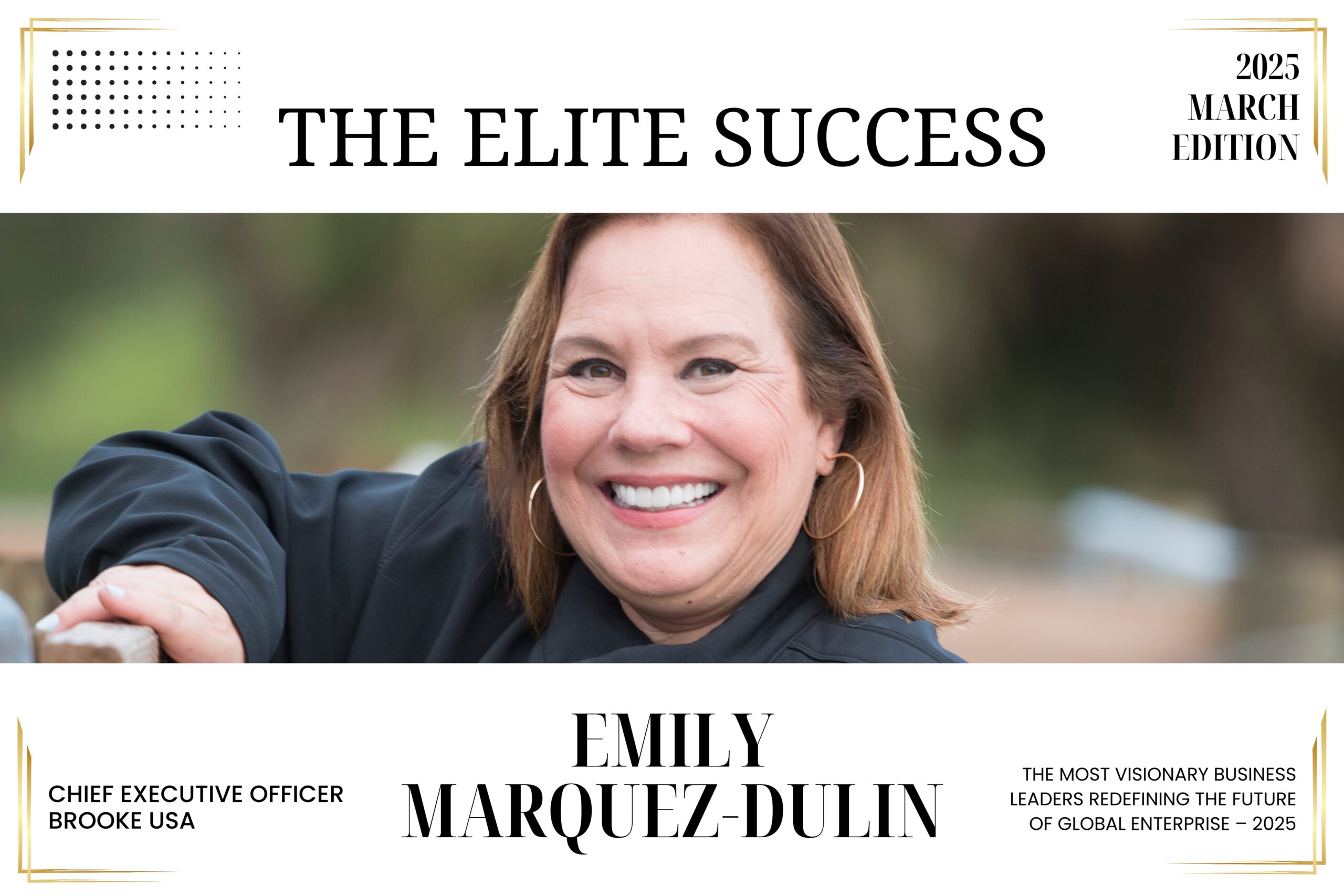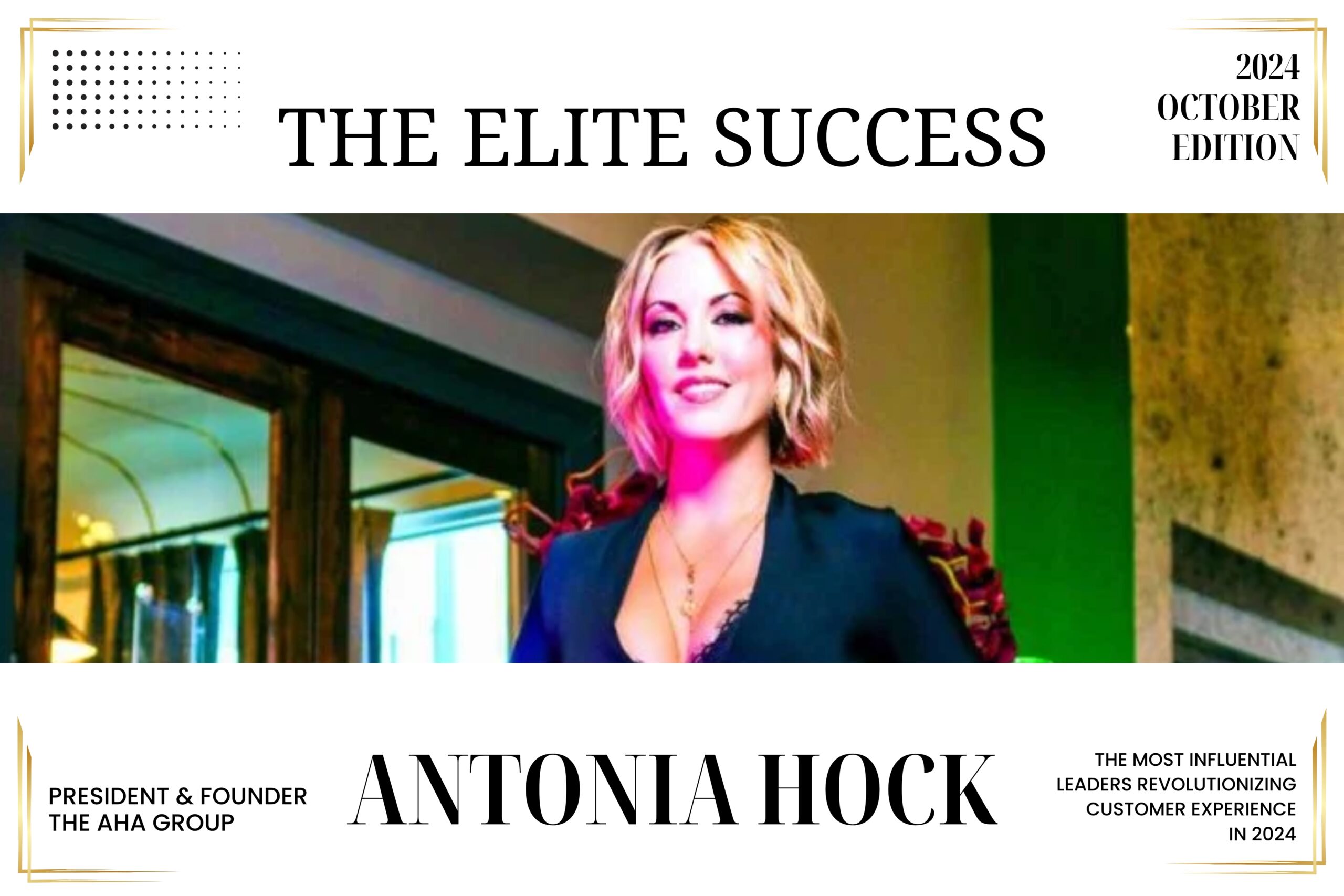The Silent Currency: Building Brand Equity in a Distracted Digital World
In an era where attention is the most scarce commodity, building a strong brand has become both more challenging and more essential. Scroll through any social platform today, and you’re bombarded with a never-ending stream of posts, videos, reels, and ads, all clamoring for a few seconds of attention. Yet, beneath the noise lies something deeper: brand equity, the silent currency that doesn’t shout for clicks, but instead quietly shapes trust, loyalty, and long-term business value.
This article explores how brand equity functions in a distracted digital world, why it matters more than ever, and how companies can deliberately cultivate it in a landscape where algorithms, trends, and consumer behavior shift faster than ever.
Understanding Brand Equity: The Silent Force
Brand equity is often described as the value a brand adds to a product or service beyond its functional benefits. It’s the reason customers pay a premium for Nike shoes over generic sneakers, or why Apple’s new product launches dominate headlines before anyone has even tried the device.
At its core, brand equity encompasses:
- Brand Awareness – Are people familiar with your brand?
- Brand Associations – What values, emotions, or perceptions come to mind when people think of you?
- Perceived Quality – Do customers believe your product or service is superior?
- Brand Loyalty – Do customers return and advocate for your brand consistently?
In digital markets, these elements still apply, but the way they are built and sustained has shifted dramatically. Instead of billboards and TV ads shaping identity, equity today is crafted through online experiences, social conversations, and value alignment.
Why Brand Equity Matters More in a Distracted World
Consumers are overstimulated and overwhelmed. The average person encounters thousands of digital touchpoints daily, from social ads to emails, influencers, and notifications. In such an environment, transactional marketing, discounts, one-time campaigns, and gimmicks can spark temporary attention, but it rarely build loyalty.
Brand equity becomes the anchor. When audiences are distracted:
- Trust cuts through noise. A familiar, reliable brand requires less cognitive effort to choose.
- Equity lowers acquisition costs. People gravitate toward brands they know, reducing the need for expensive persuasion.
- It builds resilience. In times of crisis or competition, strong equity gives brands permission to recover and re-engage.
- It drives long-term value. A company with high brand equity doesn’t just sell more today; it commands higher market valuations and customer lifetime value.
Simply put, equity transforms fleeting attention into enduring preference.
The Paradox of Digital Distraction
The digital era has given brands unprecedented access to customers, but also unprecedented competition. Attention spans are shrinking, but the number of channels demanding attention is multiplying.
- Algorithms favor speed, not depth. TikTok trends rise and fall in weeks, forcing marketers to chase virality at the expense of long-term positioning.
- Customers multitask relentlessly. They may “see” your ad while swiping between five other distractions.
- Short-term KPIs dominate. Metrics like click-through rate or impressions often overshadow harder-to-measure but more valuable brand equity indicators.
The paradox is clear: while digital platforms offer scale and precision, they also tempt brands into chasing quick wins rather than investing in the slow, deliberate process of building equity.
Building Brand Equity in the Digital Age: Key Strategies
1. Craft a Clear and Authentic Brand Narrative
In a world of noise, clarity wins. Audiences don’t have time to decode vague promises or inconsistent messages. Your brand narrative should be:
- Authentic: Grounded in real values and lived by your organization.
- Consistent: Reinforced across channels, from your website to customer service.
- Relatable: Speaking in the language of your audience, not corporate jargon.
Think of Patagonia’s unwavering commitment to sustainability. Its authenticity cuts through distractions and creates emotional connections that build equity over time.
2. Prioritize Experience Over Exposure
Exposure alone is not enough anymore. Customer experience is the new advertising. Every touchpoint, a website visit, delivery unboxing, or chatbot conversation, either adds to or erodes equity.
Key moves include:
- Seamless digital interfaces that reduce friction.
- Customer support that is responsive and empathetic.
- Personalized communication that respects privacy while offering relevance.
Remember: customers don’t just remember what you said; they remember how you made them feel.
3. Leverage Content as Equity, Not Just Attention
Content is often used to capture clicks, but it can also be a long-term equity builder. Consider:
- Educational content (blogs, guides, webinars) that positions your brand as an authority.
- Storytelling content (customer stories, behind-the-scenes videos) that humanizes your brand.
- Purpose-driven content that aligns your brand with values your audience cares about.
The difference? Attention-focused content chases trends; equity-building content builds trust, credibility, and memory over time.
4. Harness Community and Advocacy
In an age of skepticism toward ads, customers trust customers. Building communities around your brand deepens equity:
- Encourage user-generated content.
- Create forums, groups, or ambassador programs.
- Celebrate and reward loyal customers.
By empowering your audience to become advocates, you turn distraction into amplification.
5. Invest in Emotional Branding
In a distracted world, logic is easy to ignore, but emotion sticks. Equity grows when a brand consistently evokes positive emotions, excitement, belonging, security, or inspiration. Emotional branding can be built through:
- Visual identity (logos, color palettes, design) that triggers recognition.
- Tone of voice that feels human and aligned with customer values.
- Campaigns that speak to shared aspirations rather than transactional offers.
Apple’s “Think Different” campaign, for example, wasn’t about specs or features, it was about identity and belonging.
6. Balance Personalization with Privacy
Consumers crave personalized experiences but are increasingly wary of how their data is used. Striking the balance is crucial for brand equity.
- Be transparent about data practices.
- Offer customization options without being invasive.
- Use AI-driven personalization responsibly, avoiding over-targeting that feels “creepy.”
A brand that respects boundaries builds trust, a cornerstone of equity.
7. Measure Beyond Clicks
Traditional digital metrics can’t fully capture brand equity. Instead, companies must track:
- Brand recall and awareness surveys
- Net Promoter Score (NPS)
- Share of voice and sentiment analysis on social platforms
- Customer lifetime value (CLV)
- Repeat purchase and advocacy rates
These indicators tell you not just whether people saw your brand, but whether they remember, trust, and prefer it.
Challenges in Building Equity Today
Even with the right strategies, brands face headwinds:
- Over-fragmentation of channels. Managing a consistent identity across dozens of platforms is complex.
- Short-termism. Shareholders and leadership often demand immediate ROI, undermining equity-building investments.
- Misinformation and distrust. A single crisis or viral negative review can undo years of work.
- AI-driven content saturation. As generative AI floods the internet with endless “content,” brands must work harder to stand out authentically.
The key is resilience: building brand equity requires patience, consistency, and adaptability in equal measure.
Case Examples: Silent Currency in Action
- Tesla: Without traditional advertising, Tesla built equity by aligning with innovation, sustainability, and visionary leadership. The result? A brand people advocate for, even amid controversies.
- Airbnb: By focusing on “belonging anywhere” rather than just bookings, Airbnb created emotional resonance that carries it beyond the transactional travel industry.
- LEGO: Through community engagement, nostalgia-driven storytelling, and cross-media expansion, LEGO has transformed from a toy company into a cultural icon.
These examples show that equity isn’t built through noise but through meaning.
The Future of Brand Equity in a Distracted World
Looking ahead, several trends will define how equity evolves:
- Conversational AI and virtual experiences will become critical touchpoints. Equity will be built in chats as much as in campaigns.
- Purpose-driven brands will stand out as consumers increasingly support companies that align with their values.
- Micro-communities and niche audiences will replace broad, mass-market messaging.
- Immersive technologies (AR/VR) will create new dimensions for brand experiences, adding emotional depth.
Equity will remain the silent currency, but the mediums through which it is earned will keep changing.
Conclusion: Playing the Long Game
In today’s distracted digital world, building brand equity is less about shouting louder and more about whispering with consistency, authenticity, and meaning. It requires brands to step away from short-term “attention hacks” and instead cultivate experiences, communities, and trust that compound quietly over time.
Brand equity is silent; you don’t always see it in a quarterly report. But it pays dividends when markets shift, competitors emerge, or crises hit. It is the value that endures when the noise fades.
In the end, brand equity is the only currency that doesn’t devalue in a distracted world. And for businesses that aspire not just to sell, but to lead, it’s the only one that truly matters.













